The three Warlock pacts available in Baldur’s Gate 3 are defined by the nature of the being you are making a deal with, and all of them have unique advantages and drawbacks. So, which of Baldur’s Gate 3’s Warlock subclasses is suitable for you?
Spellcasting classes in Baldur’s Gate 3 are defined by how they acquire the ability to wield magic, and the Warlock’s method is one of the most intriguing. While Sorcerers get their power through their bloodline and Wizards earn their magical abilities through research and dedication, Warlocks get magic by making a pact with powerful and often dangerous extraplanar beings.
What is the best Warlock Subclass in Baldur’s Gate 3?

The Fiend is the best Warlock pact in Baldur’s Gate 3 if you are looking for damage and survivability. This subclass grants you gain access to the spells Burning Hands and Command. Your character can also withstand more damage thanks to the temporary hit points gained from Dark One’s Blessing.
The Warlock is one of the most offensively focused classes in Baldur’s Gate 3, trading the Wizard’s utility and the Sorcerer’s flexibility for the ability to inflict a lot of damage on many enemies. They also have a much smaller pool of spell slots than most spellcasters, with the trade-off of being able to regain them whenever you Short Rest. As a result, those drawn to the occult allure of the Warlock should be aware of how each subclass impacts your ability to cut down your enemies.
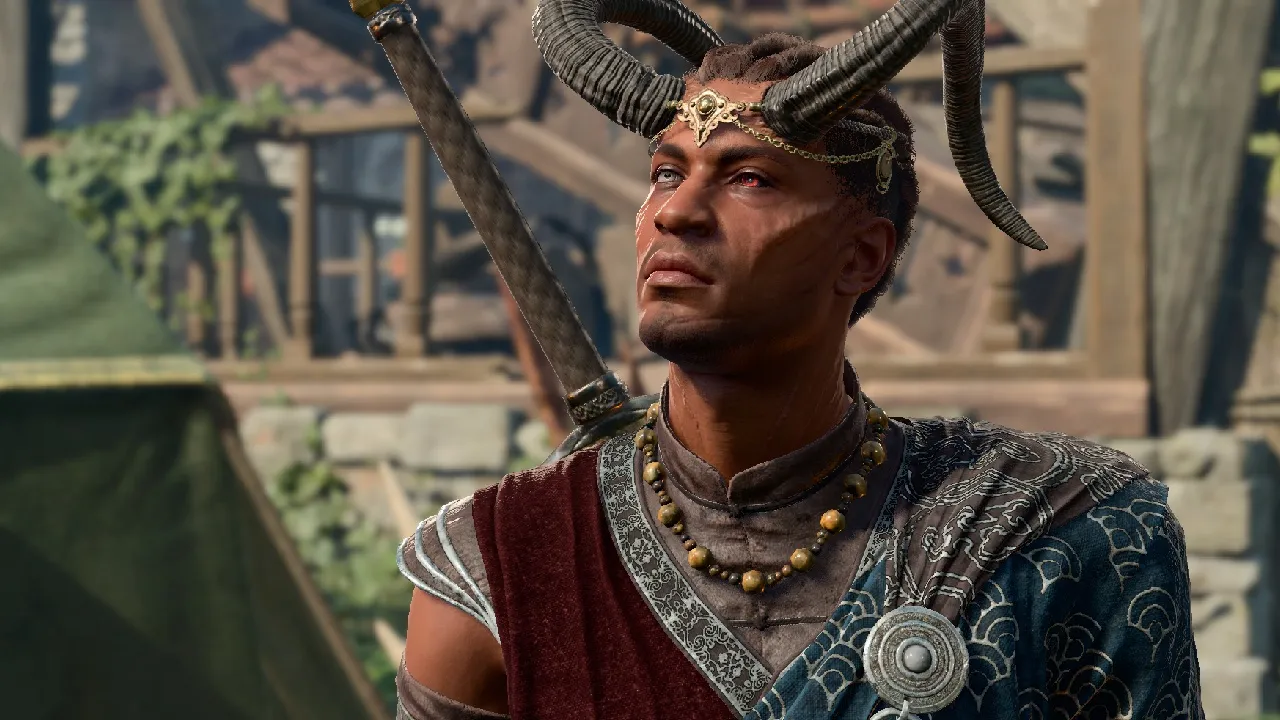
With that out of the way, here is an outline of three Warlock subclasses and their capabilities.
- The Fiend – Warlocks that make a pact with one of the countless devilish fiends that inhabit the Nine Hells. This subclass’s first unique feature is Dark One’s Blessing, which allows you to generate your Charisma modifier + your Warlock level‘s worth in hit points whenever you land the killing blow on an enemy. Once you reach level 6, you gain Dark One’s Own Luck, allowing you to add a d10 to an Ability Check. Finally, getting to level 14 nets you Fiendish Resilience, enabling you to gain resistance to one specific damage type of your choice, which can be changed whenever you take a Short Rest.
- The Great Old One – Warlocks that make a pact with an eldritch being that lurks in the farthest fringes of the Material Plane. This subclass’s first feature is Mortal Reminder, which allows you to inflict the Frightened condition on any enemy you land a critical hit on. At level 6, Old One Warlocks gain Entropic Ward, enabling you to give an enemy attack heading your way Disadvantage. Last but not least, reaching Level 14 gets you Thought Shield, allowing you to resist Psychic damage and inflict an equal amount of damage back on enemies who deal Psychic damage to you.
- The Archfey – Warlocks that make a pact with a high-ranking lady or lord of the Fey. This subclass starts with Fey Presence, a ranged action that Charms or Frightens nearby foes if they fail a Wisdom Daving Throw. At level 6, you get Misty Escape, which allows you to turn invisible when hit with an attack and cast the Misty Step spell as a Bonus action on your next turn. Once you’ve hit level 14, you’ll get Beguiling Defenses, which grants you complete immunity to the Charmed condition.
Related: Baldur’s Gate 3 vs. Divinity Original Sin 2: Which is Better?
All of the Warlock’s subclasses complement its job as an offense-focused spellcaster, and all three are extremely fun to roleplay. Although the Fiend is slightly more powerful than the others, that’s only the case when considering raw numbers. Beisdes, that doesn’t mean this subclass will be the most fur for you or the one that best fits your party.
What is the best Warlock Pact Boon in Baldur’s Gate 3?

Once you reach Level 3 as a Warlock, you’ll get to select a Warlock Pact Boon. A Pac Boon allows you to customize your playstyle by giving you an exclusive bonus to aid you both in and out of combat. You can choose Pact of the Chain, Pact of the Blade, or Pact of the Tomb.
Here is a breakdown of each Warlock pact:
- Pact of the Chain lets you the service of a magical Familiar who will fight alongside you in combat. This Famaialtr can be a Quait, an Imp, or a regular tiny animal. The Quasit is a tiny elemental that can inflict Frightened on an enemy once between Short Rests. The Imp, in turn, can Poison enemies and cannot be Poisoned in return.
- Pact of the Blade allows you to summon a pact weapon or bind one you already wield. Pact weapons use a Warlock’s spellcasting modifier to calculate how much damage a melee attack deals. Once you hit level 5, you can do two melee attacks in a single turn, like a Fighter or a Barbarian.
- Pact of the Tome grants you a small spellbook called the “Book of Shadows.” The Book of Shadows allows you to use the Guidance, Vicous Mockery, and Thorn Whip spells. Once you reach the 5th level, the Book of Shadows’ inventory expands, allowing you to cast Animate Dead, Call Lightning, and Haste.
None of the Warlock Pact Boons is inherently better than the others since they are meant to be used to benefit a particular player’s playstyle. If you are an aggressive Warlock, The Fiend and Pact of the Blade work great together because you get a magical weapon with a higher chance to hit enemies and a way to gain temporary HP when you get kills, allowing you to act as a stand-in for a Fighter.
Warlocks that want to stay in the back and cast spells would benefit from Pact of the Tome because they get three new spells — this pairs well with The Archfey since you can use the additional spells the Book of Shadows gives you to give your allies Advantage or Mistty Step across the arena to get to a more advantageous position.
The Great Old One and Pact of the Chain make an excellent combo because you can play aggressively successfully and have the help of a special summon and debuff enemies when you successfully land a Critical Hit.
Again, pick whatever Warlock subclass with whatever Warlock Pact Boon you think is best! And, if you ever decide to choose a different Warlock subclass or try a different pact, you can always respec your character.


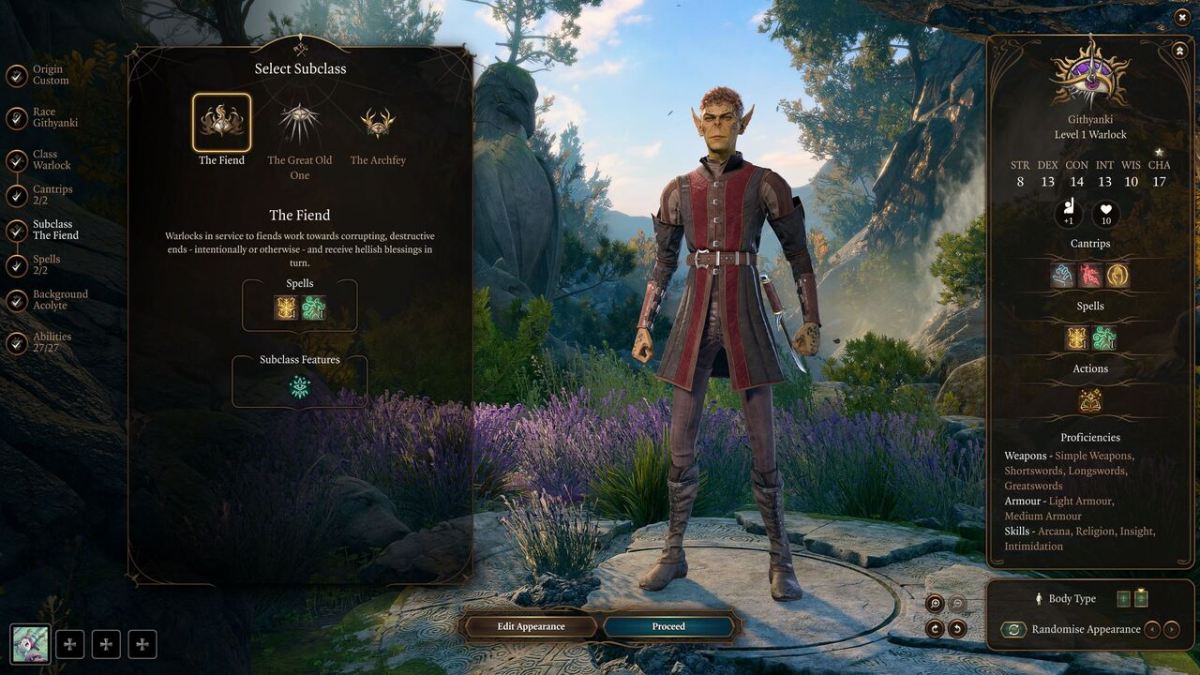


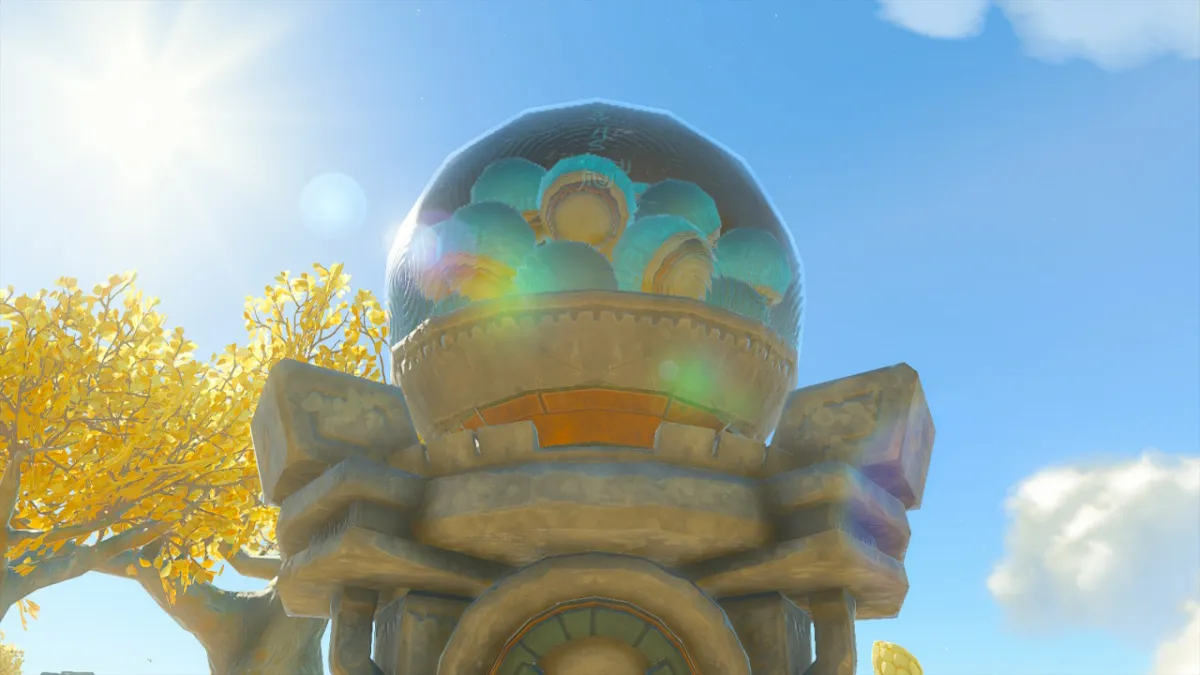
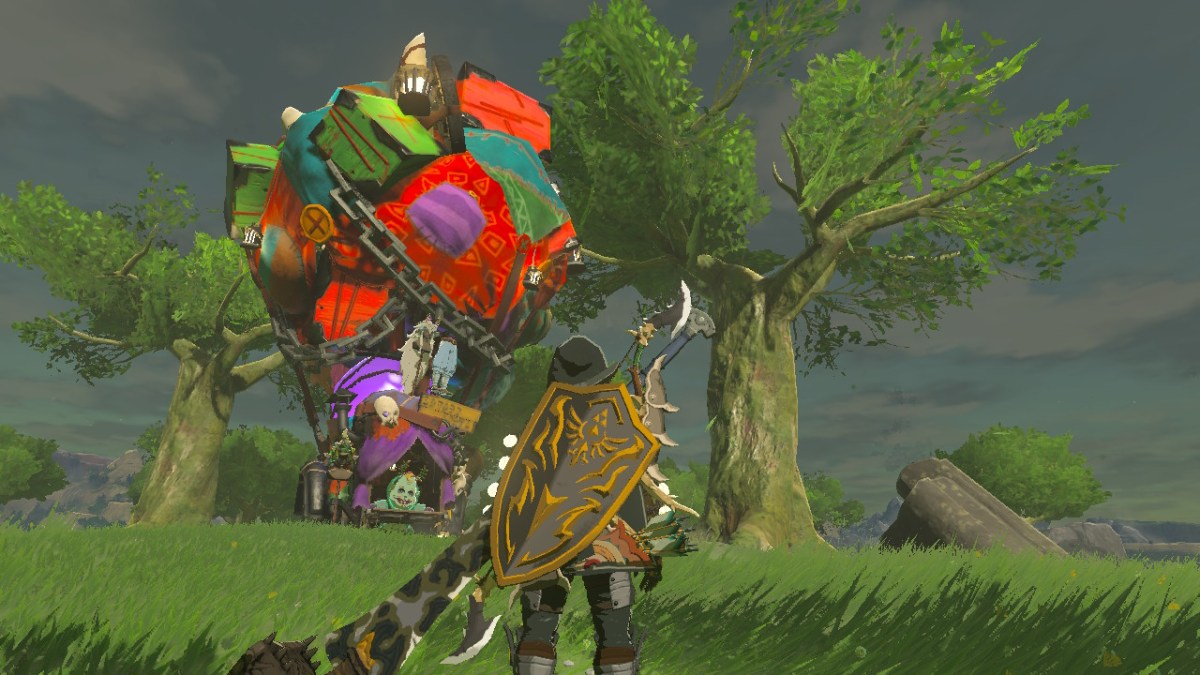


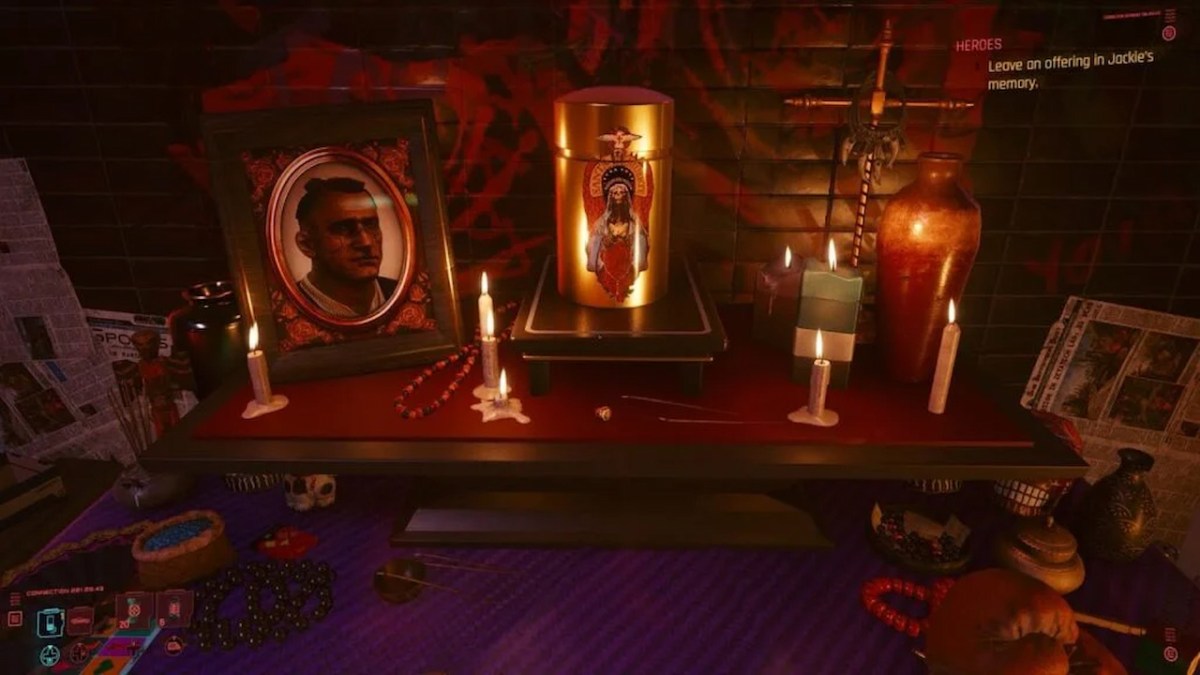
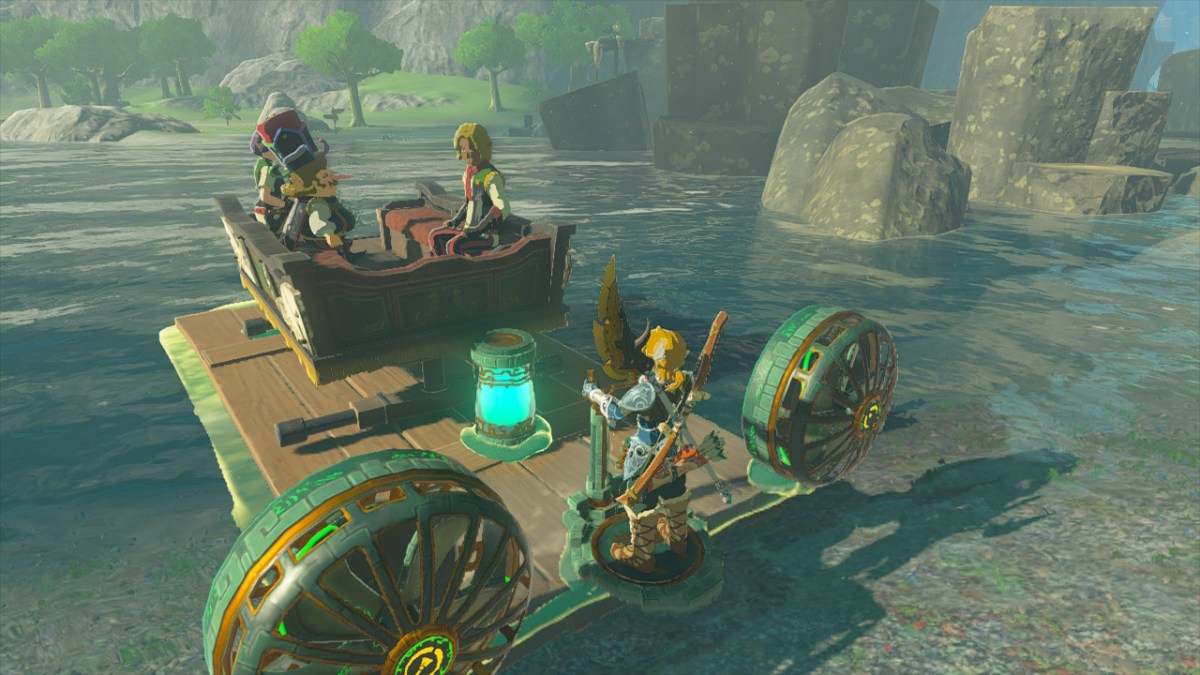



Published: Sep 7, 2023 02:58 pm